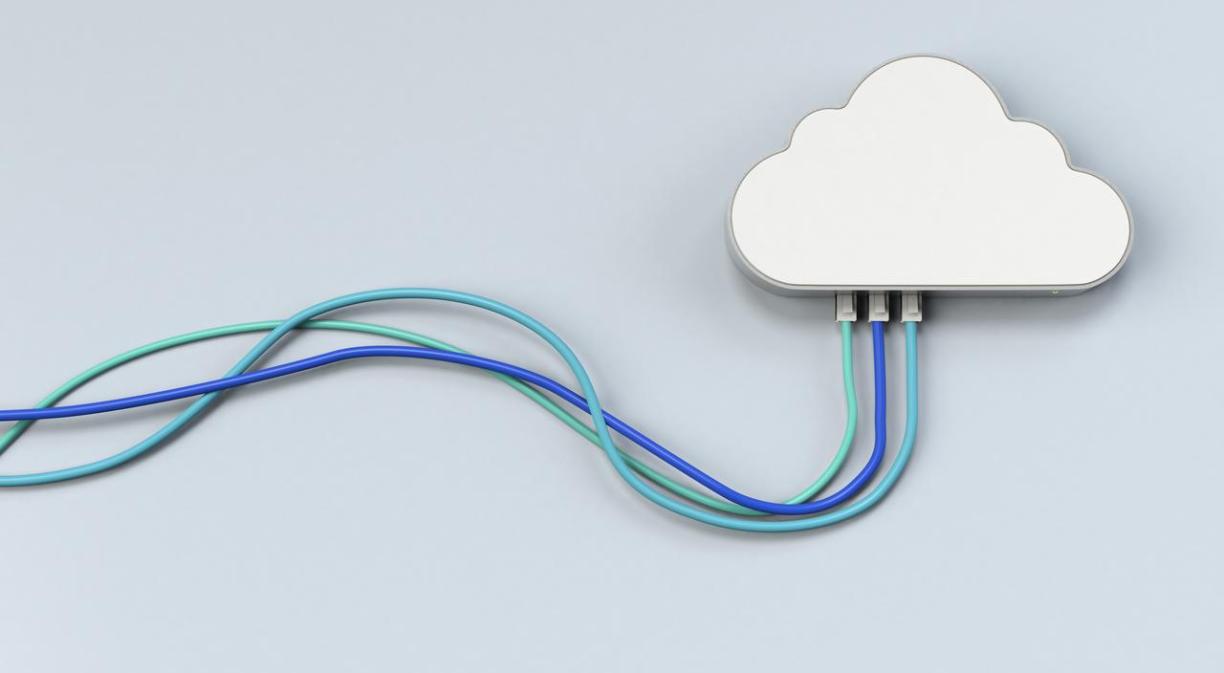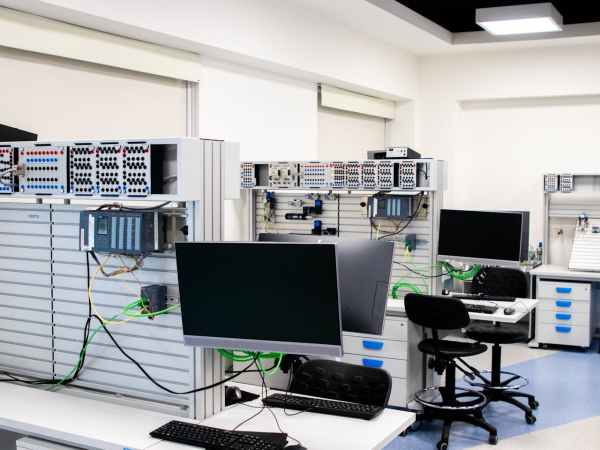Over the next few years, you are likely to hear a lot about Edge Computing. We are already immersed in a society where millions of devices around the world are interconnected. This flow of information needs to be as efficient and fast as possible, minimising the latency or delay between when a command is given and executed. So what is Edge Computing technology and how does it relate to 5G connectivity?Let’s take a closer look.
Let’s Get Right to the Point: What is Edge Computing?
Today, the IoT is all-encompassing. From the most prosaic, such as being able to watch a film on demand in the highest possible quality, to the most sophisticated, such as being able to operate on a patient without the presence of a doctor. This connectivity should be made as quickly and efficiently as possible. While in the former case the negative effects of latency are not dangerous, in remote surgery millimetre precision is required.
The advent of 5G has significantly reduced the latency of devices connecting to each other, but this network alone is not enough to meet today’s needs. This is where Edge Computing technology comes in: bringing data processing closer to where the data is generated.
Edge Computing vs. Cloud Computing
Before delving into the subject, it is important to understand what Cloud Computing is. Today’s millions of devices generate a huge amount of data that is analysed through the cloud. In other words, the information “travels” from, for example, our computer to an external server, located in a data centre that may be thousands of miles away.
To illustrate this with a practical example, you connect to the Internet from your mobile phone and go to a specific website. To access the page, a request is sent to your telephone operator, who forwards it to the target server. This server processes the data, responds and sends it back to you so that you can access the site without any problems. In addition, the “cloud” is being used not only to process data, but also to store it and run applications and services. This whole process is being influenced by innovative technologies, such as Blockchain and Artificial Intelligence. According to a Microsoft press release, IDC predicts that there will be more than 41.6 billion connected IoT devices by 2025. The result is a huge amount of data and a lot of bandwidth consumption.
Edge Computing: Practical Applications
Edge Computing aims to bring data processing as close as possible to the devices that generate it. Not only does this free up bandwidth, but it also minimises the latency of the response between the device and the server. In certain scenarios, such as automated cars or health and industrial robotics, this response should be as fast as possible.
In the case of connected cars, Edge Computing is proving to be an indispensable technology. Cars will increasingly be equipped with cameras and sensors that monitor traffic and the driver’s visual environment in real time. Thanks to this environmental analysis, the driver will be able to receive live traffic information and anticipate various incidents.
In this regard, it is estimated that an autonomous car can generate more than 300 TB of data per year. It is inefficient to send all this information to a server far away from where it is generated. The operation must be performed as close as possible to, in this case, the autonomous vehicle. Road safety latency is obvious: every incident must be reported in real time, immediately and without delay.
This is undoubtedly the great advantage of Edge Computing. This technology means that data is processed closer to the user making the request (they do not have to travel from Spain to a server in San Francisco, for example), making the whole process more efficient and faster.
Edge Computing can also be very useful in machine learning models for quality control of a company’s products. In the case of the cloud, information collected by sensors on the assembly line that determine whether a product meets quality standards must travel to the server to be analysed and then sent back. By bringing this process to the edge of production, sensors are more efficient: they only need to send data about a product if there is a suspicion that it has not been produced well.
In conclusion, Edge Computing is a technology that is being driven by the arrival of 5G, a technology with multiple applications (quality control, road safety, video games and virtual reality in healthcare areas) that requires investment in network infrastructure and data analytic tools.







